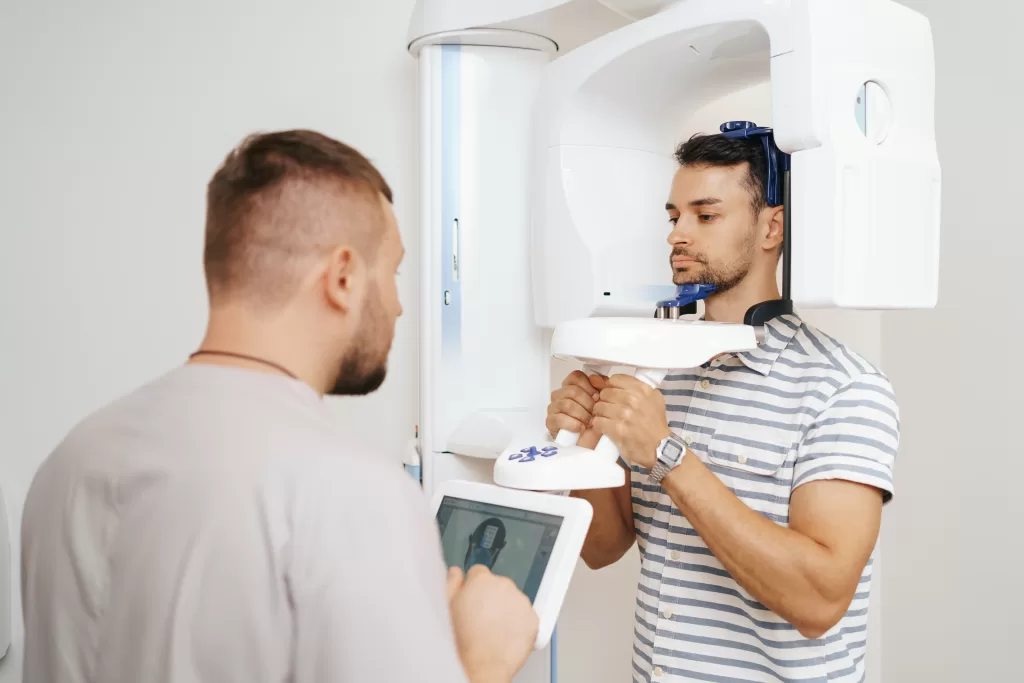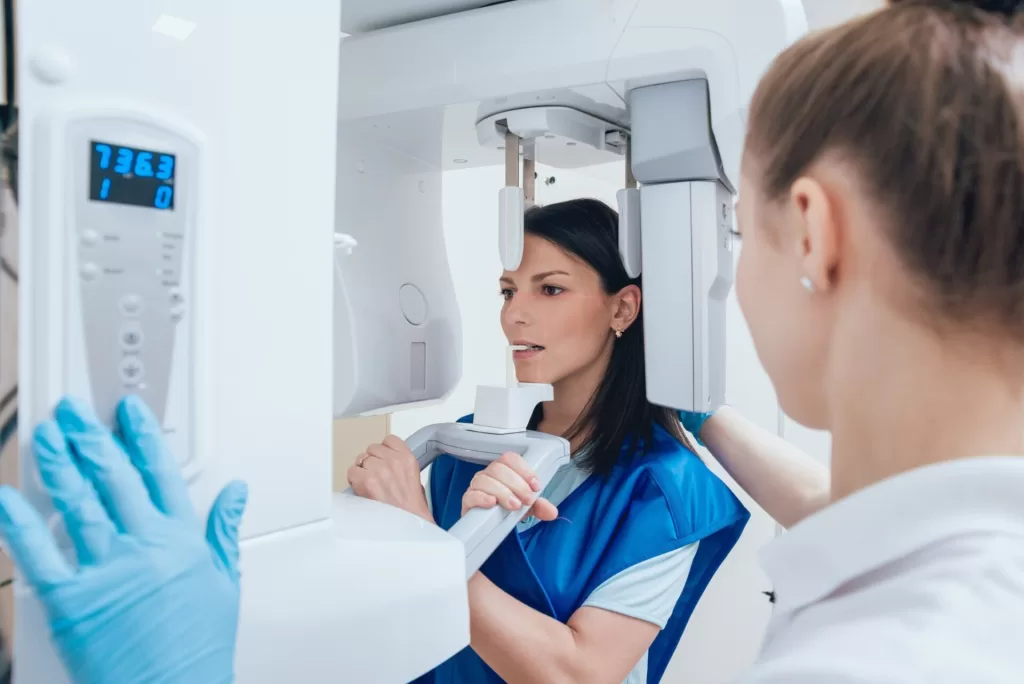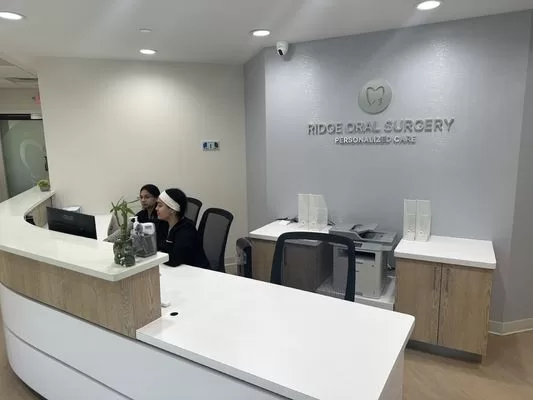The possibility of receiving any kind of dental treatment can make anyone anxious, especially when there is so much we don’t know about it. You may have heard stories of extreme discomfort or been concerned about pain and convalescence. Fret not, we completely understand these concerns.
To allay your fears, modern dental diagnostics uses 3D dental imaging: it enables the doctor to see clearly beneath the surface and eliminates the guessing game that comes with dental imaging. The fearsome process of dental surgery becomes easier and safer for you. In this blog, we attempt to show you how 3D dental imaging is transforming modern dental surgery and diagnostics.
What Is 3D Dental Imaging and How Does It Work?

A standard dental X-ray produces a flat, two-dimensional image of your teeth. While it is helpful, it doesn’t usually provide the whole picture. 3D dental imaging can help with this. It employs Cone Beam Computed Tomography or CBCT to generate fine-grained three-dimensional images of your jaw, teeth, and even the surrounding bones and nerves. It’s like having a complete model of your mouth that we can examine from all sides.
3D dental imaging allows us to view exactly what’s happening beneath the surface, along with the location of your nerves and the thickness of your bone. The process of imaging makes planning any kind of dental surgery a lot safer and more accurate. Compared to traditional X-rays, 3D dental imaging provides us with significantly more insight in just one quick scan, which helps us take even better care of you.
Why 3D Dental Imaging Matters in Surgical Procedures

When it comes to dental procedures, clear planning leads to better outcomes. That’s exactly why 3D dental imaging has become such an important part of what we do.
- More visibility means fewer surprises: Unlike traditional X-rays, 3D dental imaging provides a comprehensive view of your teeth, jawbone, and nerves from all angles. This allows us to chart everything out ahead of time, even before your procedure begins.
- It makes dental surgery safer: Whether we’re installing a dental implant, extracting a tooth, or performing a root canal, having this level of detail allows us to work with greater confidence and precision.
- Less risk and easier recovery: Quality dental imaging prevents us from causing nerve damage, sinus problems, or other complications. It also allows us to check bone density in advance, which is particularly beneficial for procedures such as bone grafting. All this ensures a safer dental surgery and a more comfortable recovery.
Advantages of 3D Imaging Over Traditional Dental Imaging
When it comes to knowing about your dental health, having a sharp, accurate image is everything. In comparison to traditional 2D X-rays, 3D dental imaging helps us to create a more effective care plan. Here’s why it matters:
- Fewer distortions and no overlap: With regular X-rays, we often get a fuzzy or masked picture because they are two-dimensional. 3D scans provide a complete, layered picture.
- Better detection of concealed issues: Using advanced dental imaging, we can detect root fractures, infections, and impacted teeth that may remain concealed if other means are used.
- Pre-operative minimally invasive planning: 3D imaging helps with precise planning before any dental surgery, removing any surprises and making the process safer and simpler for you.
What Conditions Can Be Diagnosed with 3D Dental Imaging?
Not all tooth problems are evident on the surface. That’s where 3D dental imaging comes in: it provides a more detailed perspective, allowing us to identify issues that might otherwise go undiscovered until they become more problematic.
- Cysts and tumors
These can form within the jawbone without apparent symptoms. A 3D scan aids in identifying them at an early stage when they are less challenging to treat.
- Impacted wisdom teeth
3D pictures reveal precisely how close the teeth are to nerves or adjacent teeth. That knowledge makes surgical treatment safer and more precise.
- TMJ disorders
For jaw pain or clicking, joint imaging provides us with the insight necessary to identify the cause.
- Bone loss before dental implants
Before implant placement, we evaluate the quality and density of the bone. In the event that grafting becomes necessary, we’ll know ahead of time.
Early diagnosis leads to fewer complications and more personalized treatment plans tailored to each patient.
Is 3D Dental Imaging Safe? What Patients Should Know
Obtaining a 3D dental imaging scan is a simple and painless process. There is no discomfort and the entire procedure typically takes less than a minute. During the scan, you will sit or stand as the scanner gently glides around your head to acquire detailed photos.
We get a clear image of your teeth, jaw, and supporting structures due to this quick procedure. This enables us to reliably plan your dental care based on these pictures, sometimes even avoiding the need for a trial surgery. 3D dental imaging simplifies and secures your procedure, whether you’re getting sedation dentistry or wisdom teeth extraction.
Our Approach to Advanced Imaging and Patient Care
At Ridge Oral Surgery, advanced 3D dental imaging plays a key role in making every procedure as comfortable and precise as possible. Our board-certified surgeons use the latest technology to get clear, detailed views that help guide treatment with confidence and care.
Our technology-driven facility positions you for the most precise diagnoses available and our patient-focused philosophy prioritizes your comfort and peace of mind. We remain committed to informing and engaging you throughout the process.
Many of our patients have shared how this approach has made a real difference in their care.

Better Imaging Leads to Better Outcomes
Having the whole picture is crucial when it comes to your dental health. The revolutionising and modern 3D dental imaging aids in planning more accurate treatments, diagnosing issues early, and giving you greater confidence at every stage. This technology enables us to provide safer, more consistent outcomes. Whether you’re getting ready for a wisdom tooth extraction, root canal therapy, or a dental implant, we are here for you.Contact us or make an appointment today to take charge of your dental diagnostic needs!
